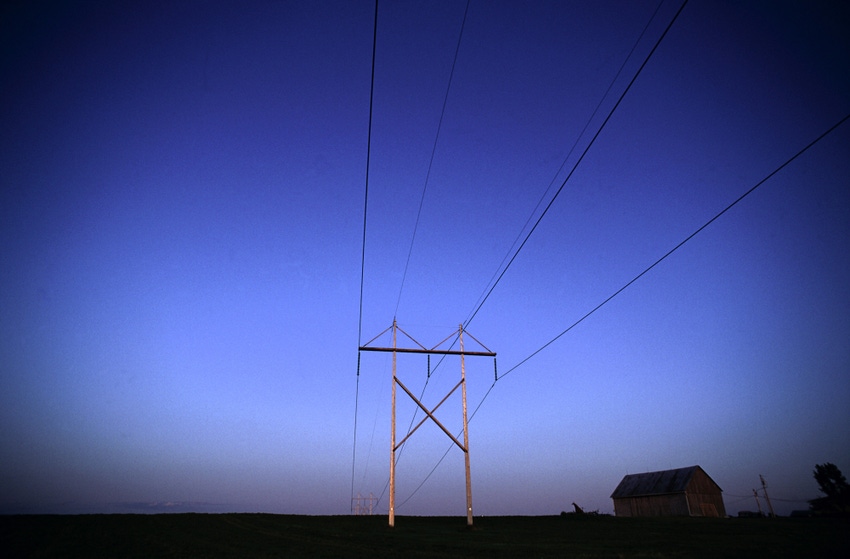
With lower commodity prices and higher input costs, U.S. farmers have been hard put to discover new or better ways to lower production costs.
The USDA tracks and reports estimates for cost of production through the ERS’s Agricultural Resources Management Survey (ARMS). Based on data from farms, the latest USDA cost of production data have been made available indicating production cost estimates through the 2015 crop year.
A close look at the formula the federal agency uses to determine how much input costs have risen or fallen reveals two distinct types of production costs that are taken into consideration. USDA calculates both fixed expenses, such as the cost of land, cash rents and more, and variable production costs, such as fuel, energy, fertilizers and seed.
While USDA has little if any control over most of these operational costs, Ag Secretary Tom Vilsack says his agency is committed to developing programs that help rural businesses and communities, with the ultimate goal of providing better services and, if possible, at a better cost for such services, thereby lowering overall costs to farmers and other rural businesses.
USDA is actively making an effort to achieve those goals by providing grants and loans to help rural small businesses and agricultural producers reduce energy usage and costs. Any cost savings realized as a result of USDA programs could benefit a farmer's bottom line by reducing production costs, even in small amounts, according to U.S. Agriculture Secretary Tom Vilsack.
ENERGY PROGRAMS
This month (July 2016) Vilsack announced the latest round of energy-related programs selected for loans and grants. They include 821 projects across the nation designed to demonstrate how energy efficiency can be improved in rural areas. This year's funding is available through the Rural Energy for America Program (REAP) and will be used to make energy efficiency improvements and to install renewable energy systems.
"Since 2009, the Rural Energy for America Program has helped roughly 15,000 small businesses and farms save enough energy to power about 730,000 homes and reduce greenhouse gas emissions by more than 5 million metric tons annually," Vilsack said. "These investments in clean energy are good for the environment, are good for each business' bottom line, and they support the broader rural economy by encouraging the production of renewable energy sources."
For the latest on southwest agriculture, please check out Southwest Farm Press Daily and receive the latest news right to your inbox.
USDA is providing $43.2 million in loan guarantees and $11.6 million in grants through REAP for projects in every state, as well as in the Virgin Islands, the Western Pacific and the Commonwealth of Puerto Rico. Funding of each award is contingent upon the recipient meeting the terms of the loan or grant agreement.
From 2009 to date, REAP has helped finance more than 11,000 renewable energy and energy efficiency projects that have reduced energy costs for roughly 15,000 rural businesses. During this period, USDA has provided more than $373 million in grants and almost $481 million in loan guarantees to agricultural producers and rural small business owners. When operational, these projects will generate or save almost 9 million megawatt hours – enough to power more than 730,000 homes and reduce greenhouse gas emissions by more 5 million metric tons in carbon dioxide each year. That is the equivalent of removing more than 1.1 million cars from U.S. Roads and highways.
The Rural Energy for America Program also helps businesses create jobs, helps farmers and rural businesses reduce their carbon footprint, and helps the country move closer to energy independence, according to Vilsack.
Congress created the REAP program in the 2002 farm bill. Because of the program's success, Congress reauthorized it in the Agriculture Act of 2014 with guaranteed funding of at least $50 million annually for the duration of the five-year program.
POSITIVE RESULTS
Vilsack says REAP is generating positive results. For example, Silverleaf Family Farms of Corrales, N.M., used a $4,522 REAP grant in 2014 to install a 6.1 kilowatt photovoltaic array system. The system generates about 10,600 kWh per a year, replacing 33 percent of the farm's energy usage. The savings have allowed the owners to reinvest in their hydroponic vegetables business. Silverleaf subsequently received a $44,068 USDA Value Added Producer Grant to expand vegetable sales into additional farmers' markets and grocery stores.
Vilsack says helping thousands of rural small businesses, farmers and ranchers shift away from fossil-based energy by installing renewable energy systems and energy efficiency solutions has been one of the most important components of USDA's climate mitigation investments. Thanks to USDA, investments in renewable energy projects of all sizes, the Secretary says rural Americans are saving more than 10.4 billion kWh—enough energy to power more than 959,000 American homes annually.
"USDA has invested $38 billion in electric loans and more than $1 billion for smart grid technologies since 2009, helping build more than 185,000 miles of transmission and distribution lines serving approximately 5 million rural customers annually. Today, more than 2,200 USDA wind and solar renewable electricity generation projects power more than 130,000 homes," Vilsack noted.
While energy costs represent only one component in determining production costs on the farm, economist say variable production expenses have actually fallen slightly over the last two years, and the reason has largely been in the areas of falling fuel and energy prices. The largest percentage of lower production costs decline, however, has come as a result of lower fertilizer prices, a result of lower energy costs according to economists.
Unfortunately, according to a recent Purdue University study, fixed production cost increases have largely offset lower variable production costs, meaning overall higher inputs for farmers. And the prospect for the 2017 crop year could see rising fertilizer costs instead of the lower costs experienced over the last two years.
About the Author(s)
You May Also Like




